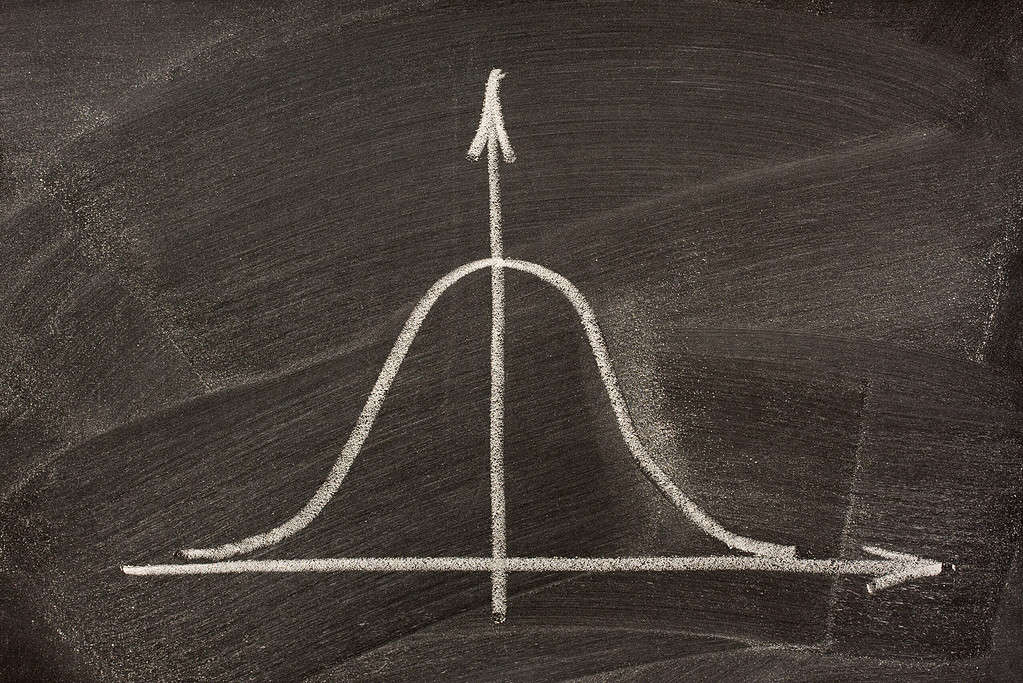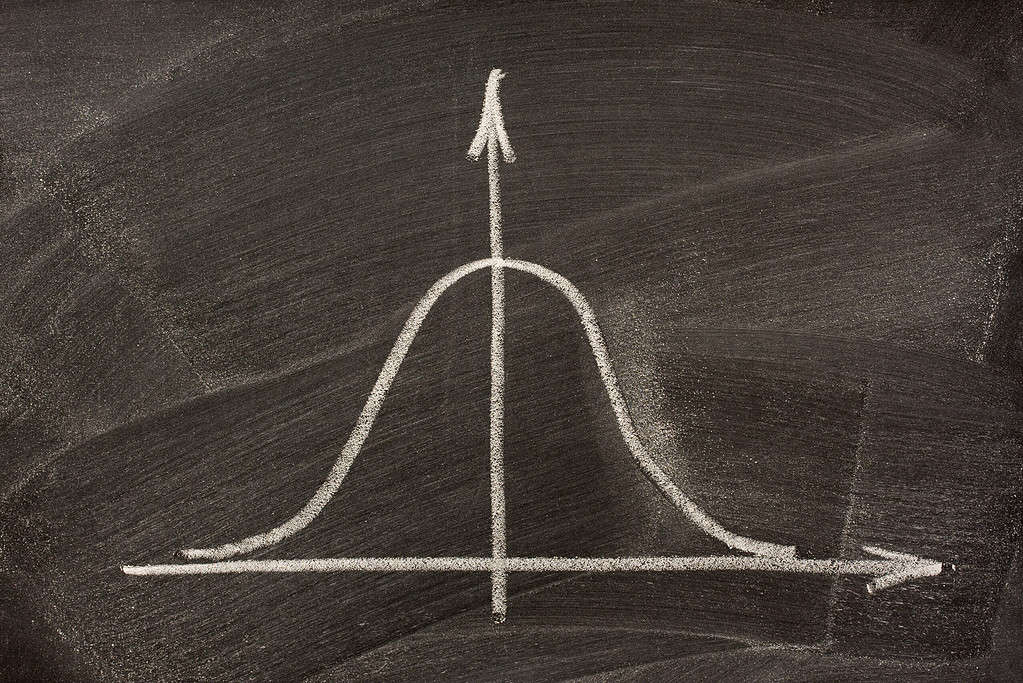Tag: normal distribution

Normal Distribution: Definition, Characteristics, and Benefits
Published:The word Normal generally has a positive connotation. When applied to statistics, the term Normal Distribution has essentially the same effect. Let’s see why.
Read more »
Skewness in Data: What It Is and How to Interpret It
Published:When someone says your data is skewed, do you get upset? Skewness can be a natural state of your data. Let’s find out more about skewness and what it means.
Read more »
Navigating Data Analysis: The Importance of Testing for Normality
Updated:Is your data normal? Oh no! Is that a problem? The concept of data normality can be important when using certain statistical tools to make data-driven decisions.
Read more »
Understanding Normal Probability for Successful Quality Control
Updated:Understanding normal probability helps us make better decisions. By being able to calculate expected values and percentiles, we can put our past experience into context and gain knowledge that will help us make better decisions in the future.
Read more »
Resource Page: A Primer on Non-normal Data
Published:The distribution of data can be categorized in two ways: normal and non-normal. If data is normally distributed, it can be expected to follow a certain pattern in which the data tend to be around a central value with no bias left or right (Figure 1). Non-normal data, on the other hand, does not tend […]
Read more »
Getting the Most out of a Capability Analysis
Published:The process capability indices Pp and Cp describe how closely a process can operate within its specification limits. Many articles describe the difference between Pp and Cp simply: one is short term, one is long term. Moving beyond such a description, this article focuses on the untapped power of capability analysis and shows you how […]
Read more »
Table of the Standard Normal (z) Distribution
Published:Z score is a measure of the distance in standard deviations of a sample from the mean. It is calculated as (X – X bar) / sigma. The table of z distribution is shown below. Table of the Standard Normal (z) Distribution z 0.00 0.01 0.02 0.03 0.04 0.05 0.06 0.07 0.08 0.09 0.0 0.0000 […]
Read more »